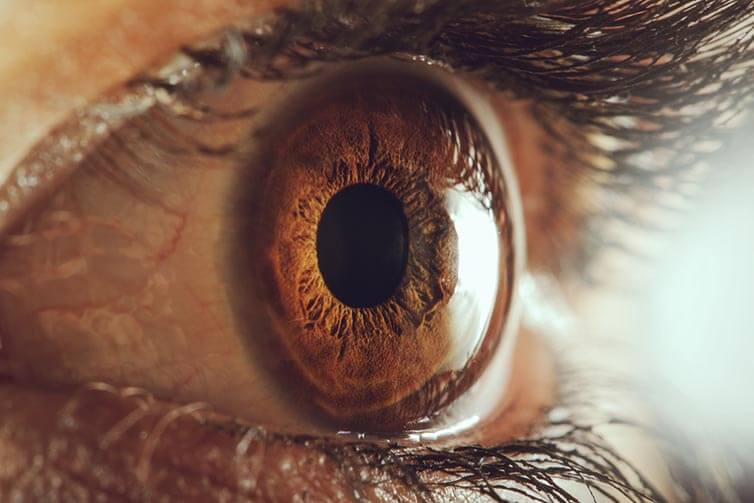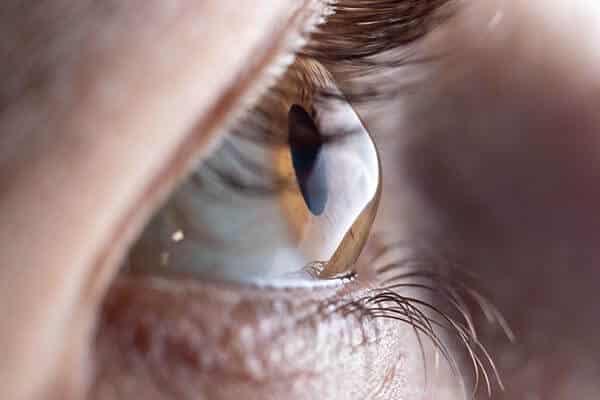Cornea Transplant

What is the Cornea?
The cornea is the clear covering on the front of the eye. It accounts for a large part of your eye’s focusing power. Light enters the eye through the cornea and is refracted back onto the retina in the back of the eye. The retina then sends signals to the brain through the optic nerve and the brain interprets what a person is seeing. For clear, accurate vision, the cornea needs to be correctly shaped and free from clouding. Then incoming light rays can be focused precisely. But the cornea can become misshapen or cloudy from injury, infection, or eye disease, and it may need to be replaced. These transplants may replace the entire cornea or only the damaged portion of it.
Dr. Brian Groat performs corneal transplants at Cape Fear Cataract & Cornea in Willmington, NC.
What Dr. Groat’s Patient’s Say
“I had corneal transplant and cataract surgery two months ago. Dr. Groat has been very professional and helpful during this time. He answered all my questions and concerns. He has a great staff to assist him in the office. Waiting times have not been long for check ups. I highly recommend this practice to those with cataract and or corneal issues.”
– CARMEN P.
What is a Corneal Transplant?
A corneal transplant is a surgical procedure that replaces all or part of your damaged cornea with donor corneal tissue. Corneal transplants can be categorized as “full-thickness” or “back layer.” The goal is to replace damaged or diseased corneal tissue that is impacting the patient’s vision beyond what can be corrected with eyeglasses or contact lenses.
Why Would a Person Need a Corneal Transplant?

Corneal eye disease affects over 10 million people worldwide; it is the fourth most common cause of blindness. When disease or injury damages the cornea, it can become swollen, scarred, or severely misshapen, and this distorts the quality of the person’s vision. In these cases, eyeglasses or contact lenses are used as the first treatment options. But when these can no longer provide the degree of correction needed, a corneal transplant could become necessary. In other cases, swelling can become so painful that a transplant is the only route forward.
These conditions could all be reasons for a corneal transplant:
- An outwardly bulging cornea
- Fuchs’ dystrophy
- A thinning cornea
- Clouding of the cornea
- Cornea scarring from injury or infection
- Swelling of the cornea
- Corneal ulcers
- Complications from previous eye surgery
How to Prepare for Corneal Transplant
Prior to any transplant procedure, you will undergo:
- A thorough eye exam — Dr. Groat will look for any conditions that could lead to complications.
- Measurements of your eyes — Dr. Groat will take measurements to determine the size of the corneal donor tissue needed.
- A review of all medications and supplements — Certain medications and supplements can interfere with your transplant and you’ll need to stop taking them.
- Treatment for other eye problems — We must clear any unrelated eye issues, such as an eye infection, prior to your transplant procedure.
Types of Corneal Transplant Procedures
There are multiple types of corneal transplant procedures including Deskemet’s Membrane Endothelial Keratoplasty (DMEK), Penetrating Keratoplasty, and Descemet’s Stripping Endothelial Keratoplasty (DSEK). The procedure performed most frequently by Dr. Groat, and the one he specializes in most is DMEK.
Corneal Transplant With Dr. Groat
Prior to this procedure, you’ll be given a sedative to help you relax. Because you need to be awake during the procedure, only local anesthetic is used, so that you have no feeling in your eye area.
- Penetrating keratoplasty
The most common option is a full-thickness replacement. Dr. Groat will cut through the entire thickness of the abnormal or diseased cornea, removing a circular disk of tissue. An instrument called a trephine is used to precisely make the circular, button-sized cut. The next step is to cut the donor tissue to the same size. This donor tissue is then placed into the spot where the damaged tissue was removed, and this is stitched into place. - Descemet’s Stripping Endothelial Keratoplasty (DSEK)
For patients who have endothelial disease, about one-third of the cornea is replaced in DSEK. This allows the benefit of the patient retaining the natural shape, optical quality, and strength of his or her original cornea.
For DSEK, Dr. Groat removes the damaged endothelial cells. He then replaces these cells with a very thin healthy lining layer from a donor cornea. An air bubble is placed to hold the new tissue in place on the day of the surgery, so sutures are not used. After the procedure, patients must lie flat in a face-up position to allow the air to secure the new cornea in place while the new endothelial cells begin pumping fluid. Compared with full-thickness transplants, DSEK allows patients to recover their vision much more quickly.
Cornea Transplant FAQs
Schedule a Consultation
Dr. Groat is an expert corneal surgeon who employs superlative experience and all the latest technologies available to provide you with the best cornea transplant treatment available anywhere. When you need surgery, you can trust Cape Fear Cataract & Cornea to develop the best customized surgical plan for you after discussing your needs and options. To schedule a consultation with our practice, call us at 910-769-4590 or click the button below to submit an email contact form.
Request an Appointment“Excellent physician! I feel very comfortable with him taking care of my eyes. He is a honest physician. Staff and office is wonderful! I would highly recommend him for all your eye needs!”
“I moved to Wilmington 4 years ago and found Dr. Groat when I had an eye emergency. His precision and efficiency is undeniable. He has an existentive medical background that made me feel comfortable + his team is so sweet, they really made my experience bearable. I’ve been going back every year for eye exams!”


